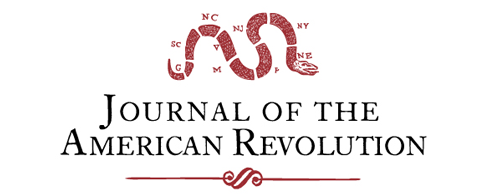The Samuel Adams of North Carolina: Cornelius Harnett and the Burning of Fort Johnston
On a trip to the southern colonies in 1773, Josiah Quincy of Massachusetts visited the coastal region of North Carolina. He was introduced to North Carolina Patriot leadership, toured coastal Fort Johnston, and visually inspected the disposition and military capabilities of the South. It was on this southern tour that Quincy, a Boston born Patriot […]
